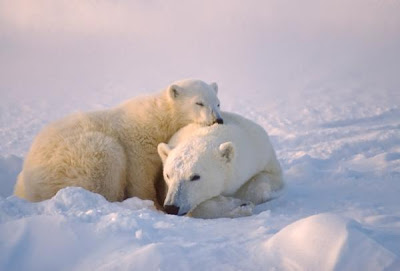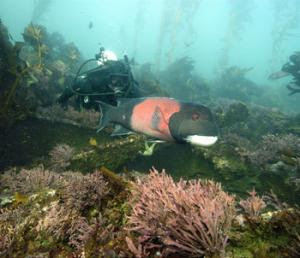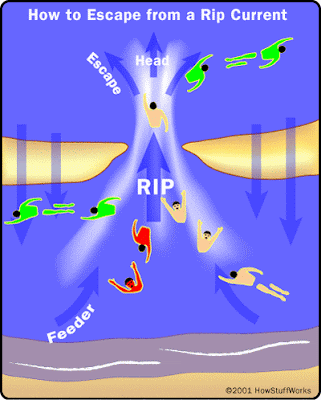
by Mimi AuYeung, Oceanic Defense Japan
Today, “The Cove” was shown to the public in Kyoto for the first time since the Tokyo International Film Festival (TIFF) in Tokyo in October. I’m not sure how much advertising, if any, was done because the turn out was much less than I had hoped for.
The organizers were David Kubiak, who was the representative of OPS in Japan, and Shoei-san from the organic farm “Minga Village Farm” in Kyoto.
David was a professor at Ritsumeikan University and also has a website concerning the conspiracy theories surrounding 9/11. He is also starting up a website to inform people about the mercury poisoning issue with respect to the dolphin and whale hunts in Taiji: http://www.suigin-iranai.jp which will be up and running from January 1st, 2010.
Shoei-san, is the owner of “Minga Village Farm” in Kyoto, near Lake Biwa. It is an organic farm, that has a delivery service as well as a help centre for children with disabilities. Shoei-san herself has a daughter with a slight disability.
I arrived with my daughter at 1pm, and were the first ones there, greeted by Shoei-san. Masahiko-san, a friend of Nao-san’s, arrived soon after. The poster outside of the seminar room said viewing of the cove, ¥2,000, ¥2,500 at the door. This was the original plan for the event. However, there were problems in the days before the movie was going to be screened. Apparently, the person/company that bought the rights to showing the movie in Japan was blocking the Kyoto showing. After contacting “The Cove” producer, Louie Psihoyos, it was learned that as long as there was no charge for the movie, it wouldn’t be a problem. So, the show when on, and donations were being accepted. Unfortunately, less than 20 people showed up, including myself and daughter and Steven Thompson and family, David Kubiak and Shoei-san and Minga.
During the showing, the audience was basically quiet. A few people seemed to have a hard time following the subtitles, especially one elderly woman who was sitting behind me. Perhaps the dubbed version would have been a better choice than the subtitled one. After the film was finished, David asked the Japanese audience their thoughts on the movie, and if they thought that it was “Japan bashing” in any way.
After a bit of silence, the people started to want to share their story. The first was a young woman who said she had heard about the issue while living in Melbourne, Australia. She had been working and doing volunteer work there when she found out about dolphin hunts in Japan.
Next, a man explained that he had been in Shirahama for an onsen spa trip, and when to Taiji as a side trip. He visited the whale museum there and enjoyed the Taiji experience. On the way through the town, he noticed a cove that had dolphins in it. He became curious and started to ask around. One woman started to answer him, but people around her told her she shouldn’t say things. It was such a strange situation, he checked the Internet when he got back home and found information and saw news reports about “The Cove”. He said that he wanted to do whatever he could to help the cause and end the slaughter.
Next, Shoei-san explained her reason for becoming interested in the dolphin issue: She said that she had heard a lot about dolphin therapy for children with disabilities. She took her daughter, who was about 9 at the time, to Hawaii to experience swimming with dolphins in the wild. That is when she noticed a change in her daughter and changed her way of thinking. Before the swim with dolphin experience, her daughter was not able to sing. She had heard many songs, but was not able to sing them. Almost immediately after the swim with dolphin experience, her daughter started to sing. She was singing songs that she had heard over the years, but had never been able to reproduce. Shoei’s family was so surprised at the effect the dolphins had had on their daughter. So, when she heard about the Taiji dolphin slaughter, she felf she should do something about it. She would like to see the fishermen change their ways, and possible start up a program for disabled children. She knows that the fishermen need jobs and cannot just stop fishing, but if they could use their skills to help the disabled, they could really benefit society.
Steven talked about his “Taiji Visti Program” and his recent experiences in Taiji. He also brought a DVD showing the fishermen assault him. In the short 2 minute video, the fishermen repeatedly told him not to take pictures of their faces. When Steven didn’t put down his camera, one of the fishermen knocked the camera out of his hand, damaging it. Going to the police apparently didn’t help, because they said that there was nothing they would/could do about it.
A foreign woman asked what kind of options the fishermen had if they stopped dolphin hunting.
David talked about the fishermen’s earnings. He said that they get about $10,000 for 1 dolphin, but sell about 20-30 dolphins a year. So, they are not making a huge amount of money from the dolphins for captivity. Mostly they make their money by selling the meat for consumption and there are only about 25 prefectures that by the meat from them. He also mentioned eco-tourism and how one fisherman from Futo was now making about double his income as a dolphin tour guide compared to when he was a fisherman. (Ishi-san)
I added that the fisherman I talked to in Taiji told me that off season, they fished whatever they wanted to. I thought that if dolphin hunting was banned, they still could fish for other kinds of fish. But ultimately, I think they will need to create an industry for themselves because there is really nothing there for them to change jobs to.
I had to leave early, but I think the people who were in attendance want to and are willing to help spread the word about the dolphin hunts in Taiji.
There are more movie screenings being planned for Osaka and Tokyo in the new year. Stay tuned for more updates.




























